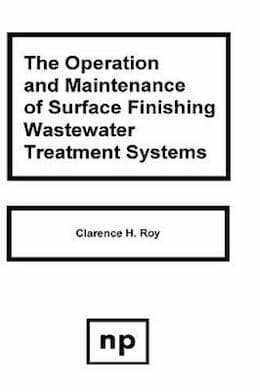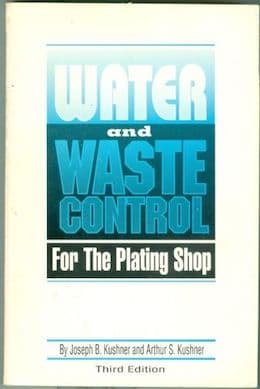
Curated with aloha by
Ted Mooney, P.E. RET

The authoritative public forum
for Metal Finishing 1989-2025

-----
Cyanide Testing Methods
Q. We are looking for a more accurate testing method for the presence of total and amenable cyanide in our treated wastewater.
We are presently using Hach 2010 Spectrophotometer [adv: Hach spectrophotometers on eBay or Amazon [affil links] to test for amenable cyanide only.The test method is 8027 (Pyridine-Pyrazalone Method)in accordance with the Hach Manual.
The detection level for the above test is 0.0 to 0.2 milligrams per liter.
Our test results don't always match with the Certified Lab.
Does anybody know of a more accurate method to test for cyanide?
Ed Esposito- jersey city, New Jersey
2000
by Clarence Roy

on AbeBooks
or eBay or
Amazon
(affil links)
by Kushner & Kushner

UTL on eBay
UTL on AbeBooks
on Amazon
(affil links)
A. First of all, are you doing the distillation? I do not have the Hach book in front of me, so I don't know whether that's in the method you cited. That's the most obvious cause for the discrepancy.
If you are distilling, make sure all the free chlorine and other oxidizers are neutralized beforehand. Samples can easily contain enough free chlorine to kill the test and give a false negative even if the reaction with potassium iodide/ starch paper [affil links] is negative.
If, on the other hand, you have excess sulfites, these will generate SO2 that will be absorbed in the sparger solution along with the HCN. This will neutralize the Chloramine 'T' in the Hach CyaniVer 3 pillow and give a false negative. The sulfites need to be oxidized in the sample (best) or in the distillate with a minimum of 30% hydrogen peroxide. Or, you can dilute the sample. The portion you're analyzing should give a positive potassium iodide/starch reaction after the addition of the Chloramine 'T' or CyaniVer 3 pillow.
Another hint; dilute the sample as much as possible before distilling. The test is extremely sensitive and it's generally possible to dilute it by a factor of 2 - 4 and still be able to report a limit of detection of 0.1 mg/l.
Lastly, cyanide analysis is a tricky business and discrepancies between the lab results are very common. A good internal QC check you can do is to add 1.0 mg/l cyanide to your sample, then test and see if the addition shows up in the result. Don't assume that *you're* wrong - the mistake could be at the outside lab.

Dave Wichern
Consultant - The Bronx, New York
2000
Q. What is the simple spot test for cyanide present in outgoing effluent?
chandramanipgown plating - Bangalore,Karnataka, India
September 16, 2012
A. Hi Chandra.
Although there is actually no simple spot test for cyanide, there is a simple spot test for free chlorine -- namely, that potassium iodide starch paper [affil links] will turn dark blue to purple in the presence of free chlorine.
If the pH is right and there is free chlorine available, the correct milieu has been established for the destruction of amenable cyanide, so the starch paper [affil links] is often used as a quick spot test for amenable cyanide.
Regards,

Ted Mooney, P.E.
Striving to live Aloha
finishing.com - Pine Beach, New Jersey
September 19, 2012
Q, A, or Comment on THIS thread -or- Start a NEW Thread